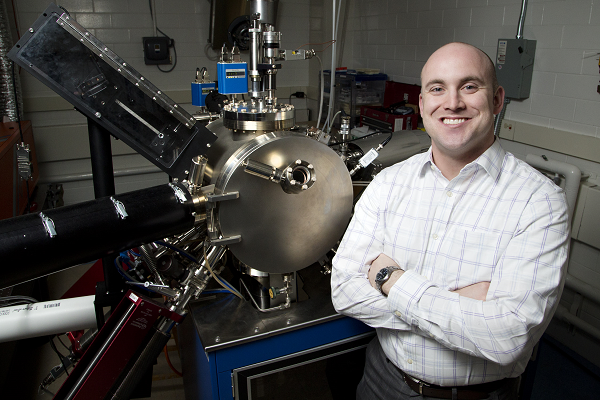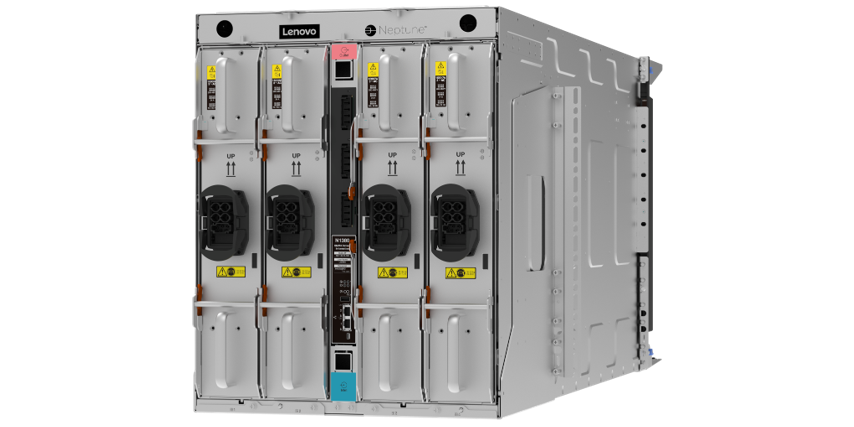 Scientists at Lawrence Berkeley National Laboratory have turned a century-old material, barium titanate, into what the lab today said is “a next-gen, thin-film material that shows potential for achieving the memory storage properties necessary for developing low-power microelectronics.”
Scientists at Lawrence Berkeley National Laboratory have turned a century-old material, barium titanate, into what the lab today said is “a next-gen, thin-film material that shows potential for achieving the memory storage properties necessary for developing low-power microelectronics.”
“We’ve known about barium titanate for the better part of a century and we’ve known how to make thin films of this material for over 40 years,” said Lane Martin, a faculty scientist in the Materials Sciences Division (MSD) at Berkeley Lab who led the work. “But until now, nobody could make a film that could get close to the structure or performance that could be achieved in bulk.”
The vast amounts of energy required to run computer chips ia a major factor in predictions that IT is expected to consume around 25 percent of all primary energy produced by 2030. Martin explained that capacitors used in today’s CMOS (complementary metal-oxide semiconductor) deviceschips don’t hold their data unless a voltage is applied. Current technologies generally work at 500 to 600 mV, while a thin film barium titanate version could work at 50 to 100 mV or less. Together, these measurements demonstrate a successful optimization of voltage and polarization robustness – which tend to be a trade-off, especially in thin materials.

Lane Martin
It’s hoped the work at Berkeley Lab contributes to the bigger goal of creating materials with small switching voltages, and examining how interfaces with the metal components necessary for devices impact such materials. “This is a good early victory in our pursuit of low-power electronics that go beyond what is possible with silicon-based electronics today,” said Martin.
“We need to get to low voltage operation, since that is what scales the energy,” said Ramamoorthy Ramesh, a senior faculty scientist at Berkeley Lab. “This work demonstrated, for the first time, the switching field of the model material, barium titanate or BaTiO3 with voltages lower than 100 mV, on a relevant platform.”




